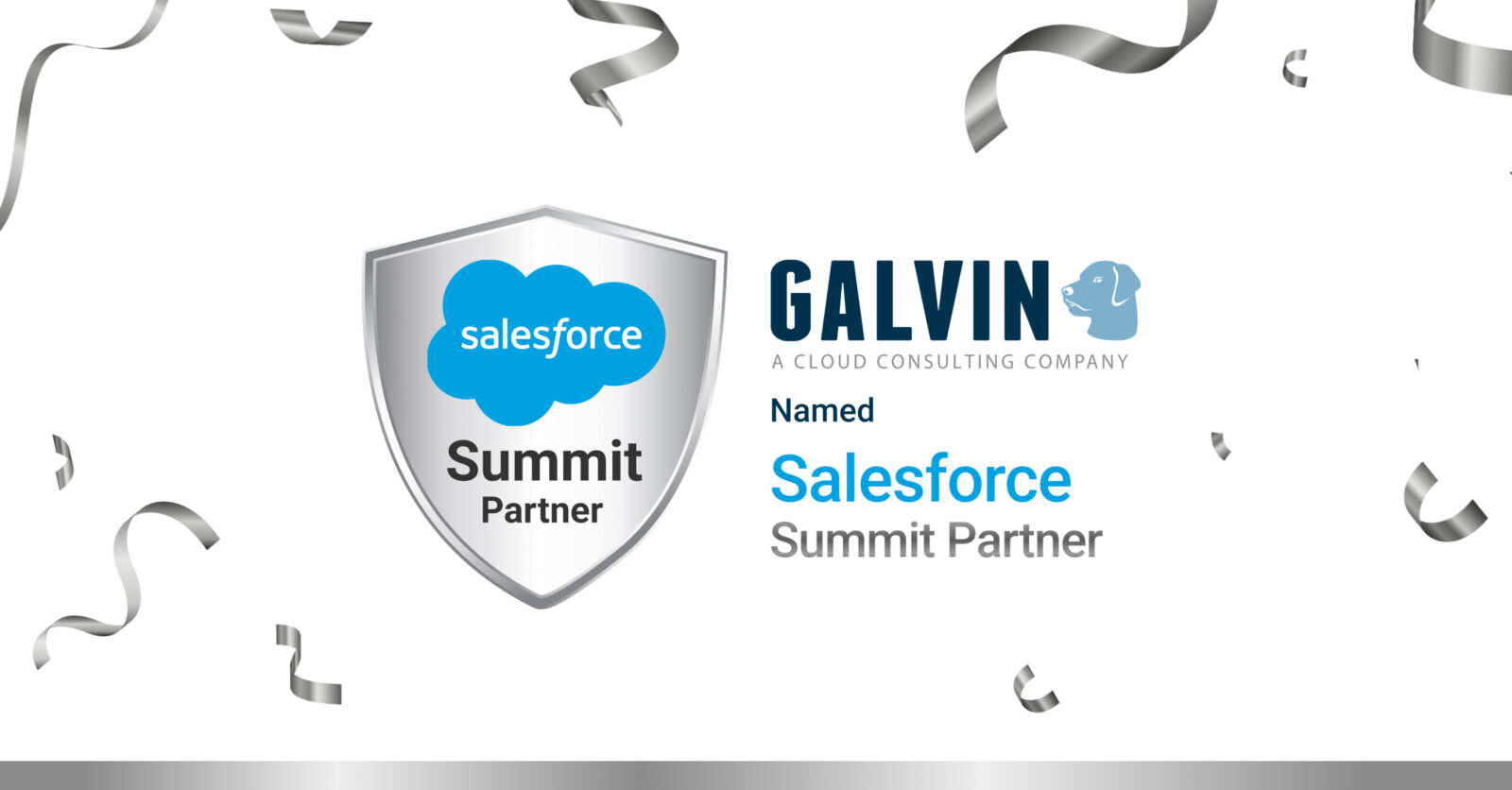Sales Managers: You’re the Reason CRMs Fail and How To Prevent It

When companies make the choice to utilize Salesforce CRM, they’re looking forward to increased demand and sales, better reporting, fantastic customer relationships, and a streamlined pipeline.
If you didn’t receive these results, however, the initial instinct is to declare the project a failure. You might even go back to your old processes.
We need to keep in mind that CRM, such as Salesforce.com, is proven to show results. You can implement any CRM and they will all serve a purpose but CRMs fail because sales managers and their staff have poorly utilized it’s full capabilities. We are here to stop that!
Here are four of the most common reasons that CRMs fail, and how strong sales managers can take charge and right the ship:
Poor Implementation
You might recall from a previous post how important the implementation phase of CRM adoption is. CRM offers an incredible amount of benefits, but realizing its full potential isn’t as simple as turning it on.
Managers needs to take the time to meet with CRM experts, developing new strategies and processes with them. CRMs aren’t plug-and-play, but a vital cog in the sales process. Having a strategy on how to use all the brand-new data is just as important as learning how to grab it.
Employees must be fully trained on how to properly use the system. The employees are on the frontline using the system daily, so if they don’t buy-in, the results are going to be poor.
Here are some easy ways that sales managers can make sure implementation is successful:
- Spread ownership around. Give employees the responsibility to own a specific piece of the system, or a specific process. Appoint product champions. Bringing people more fully into the process will give them more reason to care about its success.
- Don’t bite off more than you can chew. It’s easy to get excited about implementing everything at once, but it’s better to start off smaller. Taking shorter, calculated steps will reduce stress on the department and make everything easier to learn.
- Don’t skimp on training. Salesforce offers a wide variety of videos, demos, and certifications that anybody can utilize. Consider bringing in trainers and consultants to assist with the process.
Bad Data
GIGO is a common acronym in the field of computer science. It stands for ‘Garbage In, Garbage Out’. If the data you enter into the system isn’t any good, the data and reports that it produces are going to be worthless.
Unfortunately, when CRM is implemented, many salespeople find the data entry tedious at first. The data is the most precious piece of the puzzle, though, so a sales manager must focus on making sure salespeople enter their data carefully and completely.
In a previous post, we explained how making data entry a game will encourage salespeople to take ownership of their data. Not only does this give incentive for proper data entry, it also sends a message about how important the data is. If the sales staff knows how important these tasks are, it’s less likely that they’ll blow it off or complete it half-heartedly.
Lack of Accountability
Beyond just implementation and data entry, it’s vital that the sales staff is accountable for all the new process. One of the biggest benefits of a CRM like Salesforce is the sheer volume of reports it can provide. These should become an integral part of your weekly sales meetings.
This is where it becomes the sales manager’s job to make sure everybody is accountable. Salespeople need to bring all relevant reports, and provide in-depth updates on their pipelines. Even if some people are skeptical, the success stories and information provided by other salespeople should inspire and show them the possibilities of the CRM.
When everybody is using and buying into the system, it’s good for morale and allows the CRM to become a true part of the process rather than a tool. It’s up to the sales manager, however, to get the process started by demanding accountability.
Lack of Vision
CRM can completely transform a sales department, but it has to be completely integrated into the processes and strategies, rather than just used to augment them.
Here are some ways to make sure you’re creating a CRM vision and not just a CRM tool:
- Figure out how to collect and use much more data.
- Involve the entire company and not just the sales department.
- Find ways to use the CRM to reach out to individual customers, not just customer subsets.
- Consider bringing in outside experts who have experience tying CRM and strategy together.
If you’re having trouble with your Salesforce CRM failing, or want to implement it and avoid these potential pitfalls, we’d love to hear from you. We’re able to work side-by-side with your company to make sure your Salesforce CRM meshes with your key processes and requirements. You can send us a message by clicking here!












